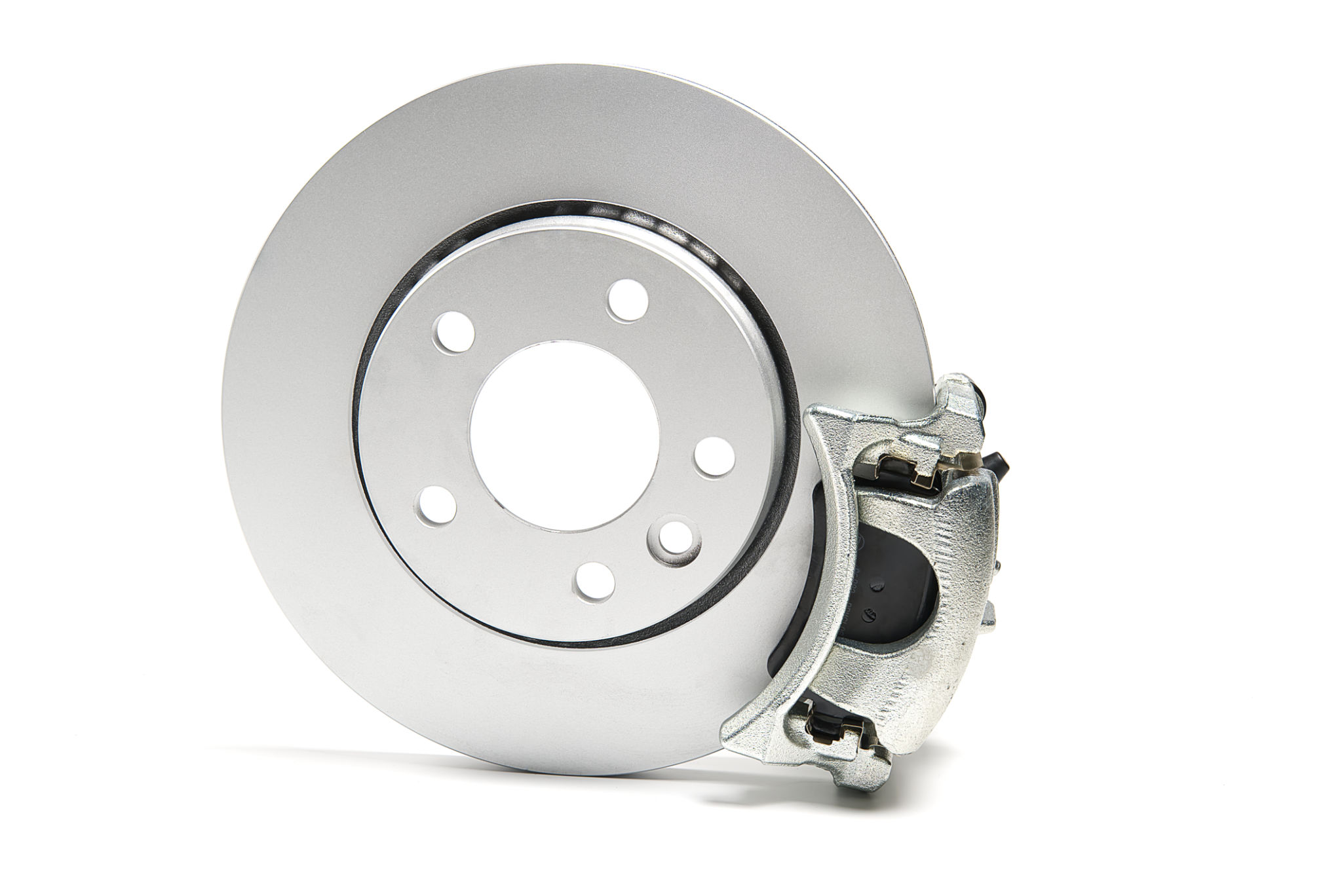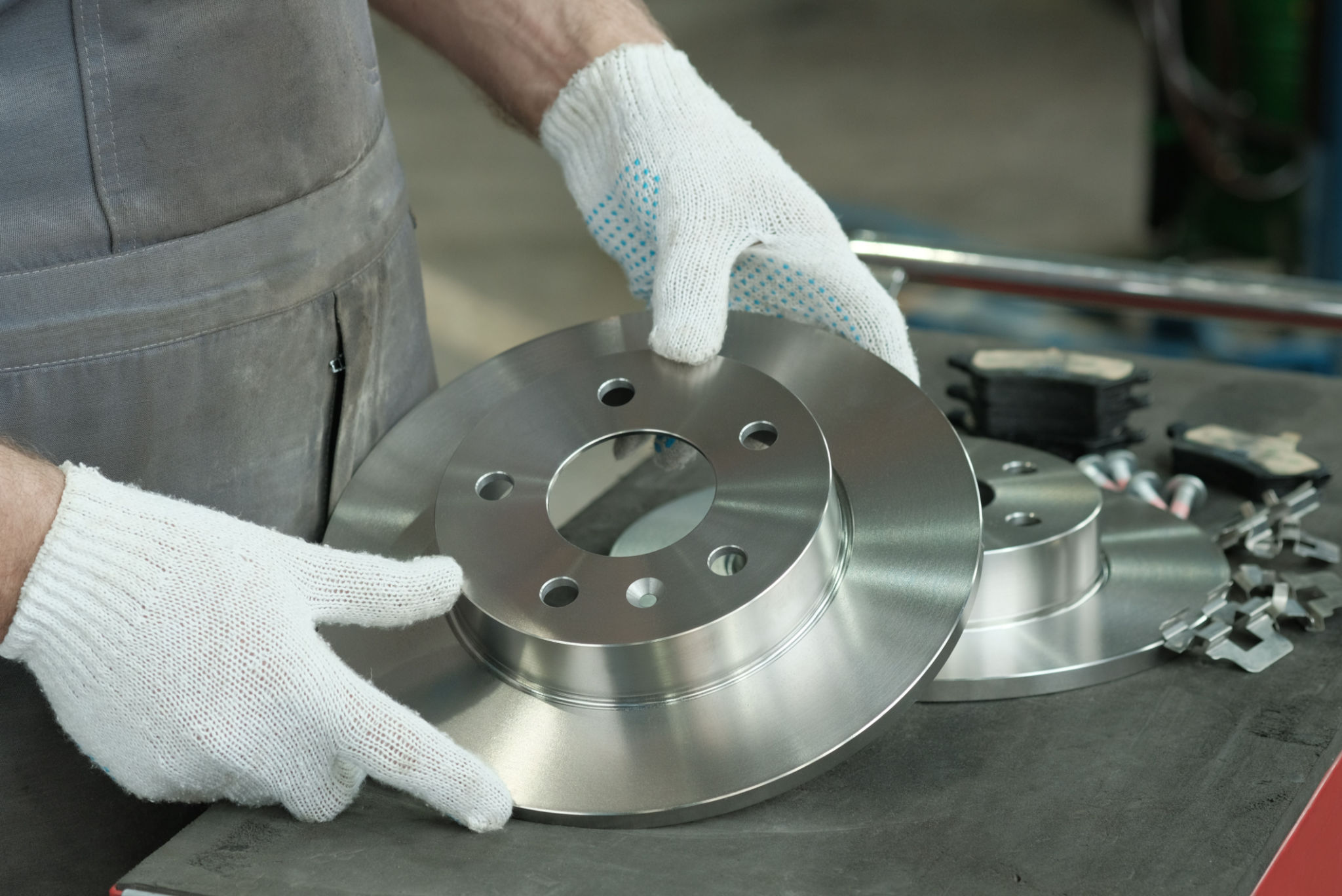Comparing Spare Parts: OEM vs. Aftermarket Solutions
Understanding OEM and Aftermarket Parts
When it comes to replacing spare parts in your vehicle, you often have two primary choices: Original Equipment Manufacturer (OEM) parts and aftermarket solutions. These two options can significantly impact your vehicle's performance, cost of repair, and overall driving experience. Understanding the differences between them is crucial for making an informed decision.
OEM parts are made by the vehicle's manufacturer or a contracted company. They are identical to the parts originally installed in your car, ensuring a precise fit and compatibility. On the other hand, aftermarket parts are produced by third-party companies and are designed to fit a wide range of vehicles.

Advantages of OEM Parts
One of the biggest advantages of OEM parts is their quality assurance. Since these parts are made by the vehicle's original manufacturer, they undergo rigorous testing to meet specific standards. This ensures that OEM parts deliver consistent performance and reliability.
Another benefit is the ease of selection. When purchasing OEM parts, you don't have to worry about compatibility issues, as they are guaranteed to fit perfectly with your vehicle model. This eliminates the guesswork and potential compatibility problems that can arise with aftermarket options.

Disadvantages of OEM Parts
Despite their benefits, OEM parts come with certain drawbacks. The most notable is their cost. OEM parts tend to be more expensive than aftermarket alternatives, which can significantly increase repair costs. Additionally, they may not always be readily available, as dealerships might need to order them specifically for your repair.
Benefits of Aftermarket Parts
Aftermarket parts offer a wide range of options, often at a lower cost than OEM parts. This affordability can make them an attractive choice, especially for older vehicles or when working with a tight budget. The aftermarket industry is vast, providing numerous competitive alternatives for nearly every car part imaginable.
Moreover, aftermarket parts can sometimes offer enhanced performance or features beyond what OEM parts provide. Some manufacturers specialize in producing high-performance components that can improve your vehicle’s capabilities.

Drawbacks of Aftermarket Parts
While aftermarket parts can be cost-effective, they also come with potential downsides. The quality and fit of aftermarket parts can vary widely, making it essential to research and choose reputable brands. Poorly manufactured aftermarket parts may lead to further issues down the line.
Additionally, using aftermarket parts can sometimes void your vehicle's warranty, especially if they result in damage or performance issues. It's important to check your warranty terms before opting for these solutions.
Making the Right Choice
The decision between OEM and aftermarket parts depends on several factors including budget, vehicle age, and personal preferences. For those seeking guaranteed quality and compatibility, OEM parts may be the better choice. Conversely, if cost savings and variety are priorities, aftermarket solutions might be more appealing.
Ultimately, it's crucial to balance cost and quality while considering long-term implications on your vehicle's performance and warranty. Consulting with a trusted mechanic or auto professional can also provide valuable insights to guide your decision-making process.
